Is ‘The Irishman’ A True Story? 6 Reasons Why Experts Doubt Frank Sheeran’s Confession

Is The Irishman a true story? And if it isn’t, does it really matter? Those are the questions critics have been grappling with following the release of Martin Scorsese’s star-studded Netflix epic last month.
The film itself never purports to be an accurate retelling of Jimmy Hoffa’s mysterious demise, and Scorsese believes that viewers getting tangled in the ‘facts’ of the case are ultimately missing the point. “We’re not saying we’re telling the actual story,” the 77-year-old auteur said to IndieWire. “We’re telling our story.”
But that’s not entirely true. Because, on a purely narrative level, The Irishman is pulled straight from the pages of 2004’s I Heard You Paint Houses, and its author, former homicide detective Charles Brandt, continues to stand by every single word of Frank Sheeran’s widely disputed deathbed confession.
What’s more, it’s perhaps unfair to flippantly dismiss criticism when so many people have so much skin in the game. The veracity of Brandt’s book has been challenged for over a decade by fellow journalists and Hoffa family members, long before it arrived on our television/Nintendo DS screens. Their search for the truth has arguably suffered from the film’s success.
So what are the main points of contention against Frank Sheeran’s confession? Here’s a brief run-through of why critics and historians are so skeptical about his claims:
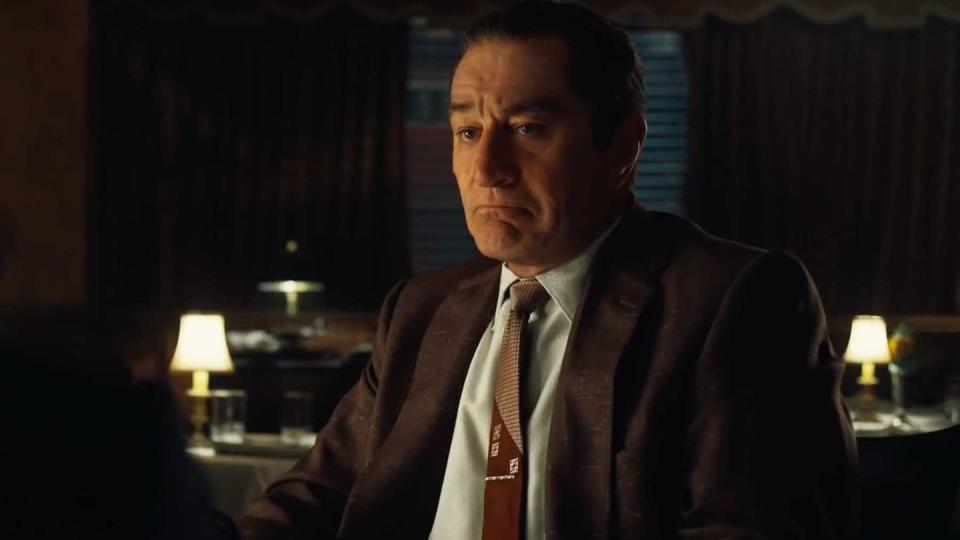
“I Heard You Paint Houses”
In the book, Frank Sheeran says that ‘painting houses’ was cryptic mob lingo for committing hit jobs. “The paint is the blood that supposedly gets on the floor when you shoot somebody,” he reasoned.
It was Charles Brandt's publisher who suggested that "I heard you paint houses", the violently poetic line allegedly uttered by Hoffa to Sheeran in their first interaction, should be used as the book's title. Brandt ‘thought it sucked’, but ultimately relented. And while that turned out to be a good decision, it also placed the phrase under intense scrutiny, as baffled crime world experts questioned the phrase's existence in the first place.
In a comprehensive Slate piece published before the film’s release, writer Bill Tonelli points out that 'painting houses' has never been referenced in mob literature, and that even Brandt hadn't heard of it before Sheeran’s confession. While it’s true that slang can be contained to certain areas, gangs and eras, it’s hard to believe that the phrase wouldn’t pop up anywhere else over the course of the past century.
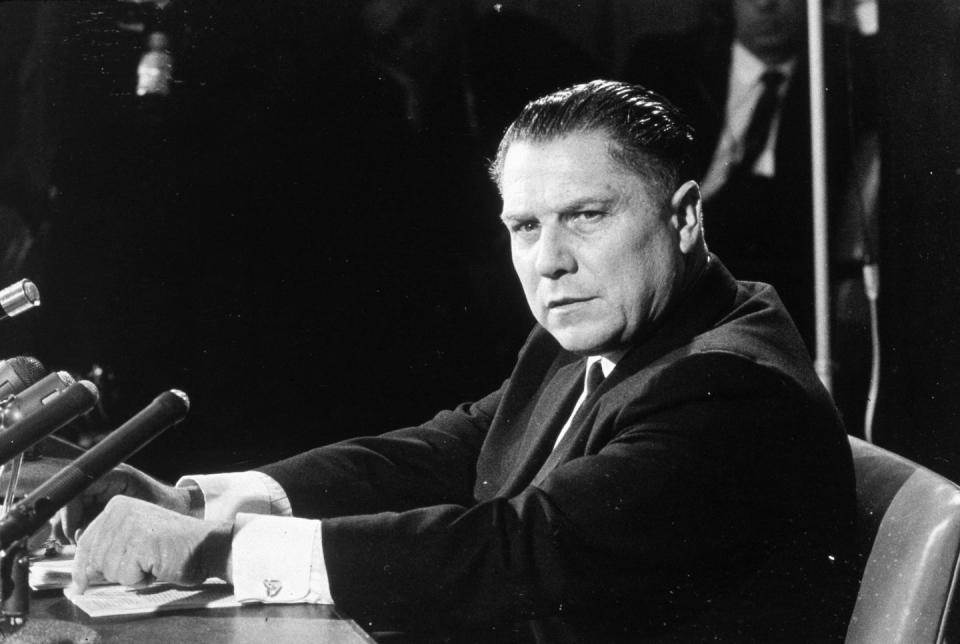
The forged Jimmy Hoffa letter
An early publishing deal for the book was torn up after it was found that Sheeran had forged a letter from Jimmy Hoffa.
It was Brandt who delivered the letter, supposedly sent to Sheeran in the Seventies, to a forensic lab. The team quickly returned with a judgement that it was a ‘laughable forgery’. In the afterword for the book, Brandnt writes that the paper was manufactured in 1994, not 1974, and that the signature had been traced from a previous letter. While the contents of the letter was largely insignificant to the rest of Sheeran's testimony, it left his integrity in tatters.
Frank's health took a dramatic turn for the worse shortly after the rejection, and his "girlfriend and constant companion" Elsie passed away in that time. On the instruction of his agent, Brandt told Sheeran that he would have to "come clean and stand behind the book" if they were to have any hope of finding another publisher and telling his story.
That's what drove Sheeran to deliver his short testimony on video, in which he explicitly stands by everything written in the memoir. He refused to answer many questions, however, preferring to, "let the book speak for itself".
Many have accused Sheeran of exaggerating, or even fabricating, his involvement in Hoffa's murder in order to maximise profits from a book deal, and properly provide for his daughters after his death. Of the '25 to 30' hits he claimed to have pulled off for the mob, none have been confirmed.
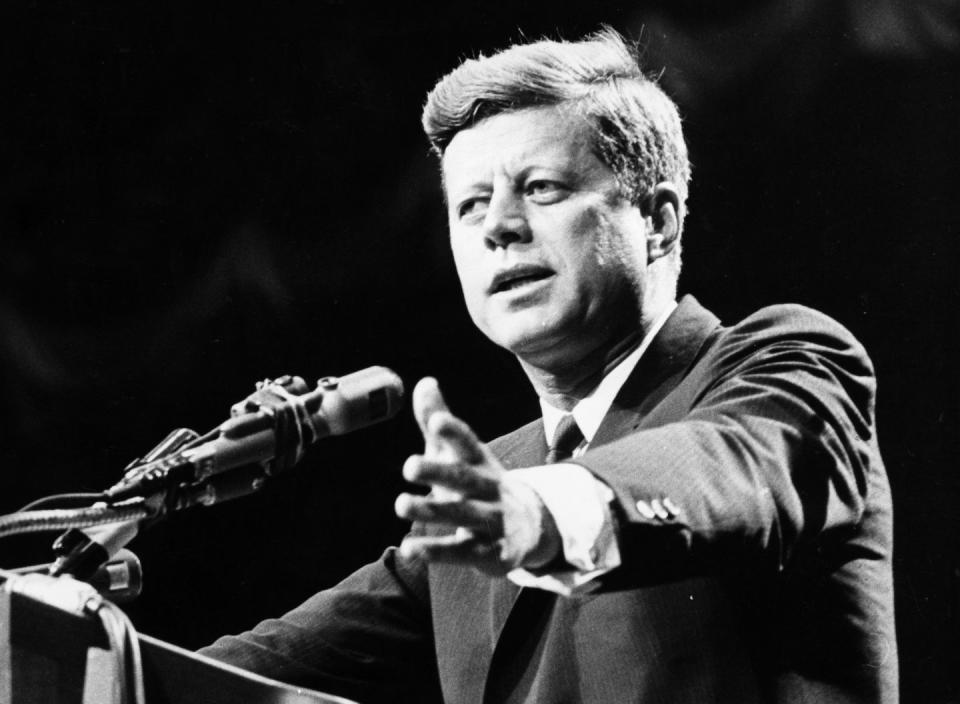
The JFK Assassination
One of the more outlandish claims made by Sheeran (and one that was only alluded to in The Irishman) is that he played a part in the assassination of President Kennedy in 1963.
The conspiracy theory – that the mob killed the President in retaliation to his crackdown on organised crime –has been raging for decades. In the book, Sheeran says he unknowingly delivered three high-powered rifles “for the Kennedy hit in Dallas” a few days to a week before the killing took place, all under the order of Hoffa and mob boss Russell Bufalino.
That contradicts the commonly accepted argument that Lee Harvey Oswald bought the rifle himself, under a pseudonym, by mail order. According to a Law Fare Blog article (written by the step-son of Charles “Chuckie” O’Brien, who Sheeran says was later involved in the delivery of Hoffa to the scene of his own assassination), it’s also unlikely that the Teamster boss would get mixed up in the murder of a sitting president due to the criminal investigation he was under from the authorities.
That’s not to say Hoffa hasn’t been implicated before, but the House Select Committee on Assassinations stated in 1979: “It may be strongly doubted [...] that Hoffa would have risked anything so dangerous as a plot against the President at a time that he knew he was under active investigation by the Department of Justice.”
Sheeran’s JFK claim, alongside his insistence that mob bosses ordered him to supply uniforms and weapons to the CIA for the failed Bay of Pigs invasion of Cuba in 1962, has led many to call his testimony into question.

The Killing of Crazy Joe
One of the most impactful scenes in the film sees Frank Sheeran murder Joe “Crazy Joe” Gallo in cold blood at Umberto’s Clam House in Little Italy, New York. But when it comes to the true story, there are many conflicting accounts.
Eye-witnesses described the assailant as a 5’8 man (Sheeran was 6’4) with a receding hairline to the New York Daily News, a likeness that matched up closer to Carmine “Sonny Pinto” Di Biase. It’s also said that the shooter was accompanied by other gang members, and Sina Essary, Joe Gallo’s widow who saw it unfold, remembers them being “little, short, fat Italians”. Finally, Gallo’s bodyguard, Pete “the Greek” Diapoula, who was shot during the attack, testified it was Di Biase.
The official story states that Joseph Liparelli, an associate of the Colombo crime family, alerted the gang after seeing Gallo at the Clam House. They stormed into the restaurant, and Di Biase’s bullets to the elbow, back and buttock turned out to be fatal.
Only two people have described seeing a Sheeran-esque figure during the murder – NYPD detective Joe Coffey and an anonymous New York Times editor – and the former has since rescinded his claim, agreeing that De Biase was more likely to have been the murderer.
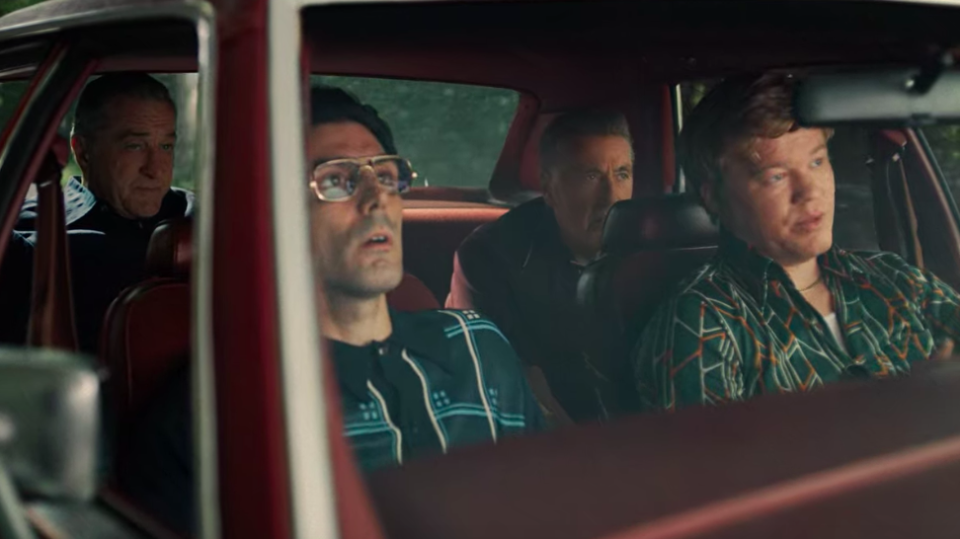
Chuckie O'Brien's Denials
In the film, Breaking Bad star Jesse Plemons plays Chuckie O'Brien, the man who drives Hoffa (his own stepfather) to the house that he's eventually murdered in. It's a version of events that's been denied and widely disputed, not least by O'Brien's stepson and the man himself.
Jack Goldmsith recently authored a book, Hoffa's Shadow: A Stepfather, a Disappearancein Detroit, and My Search for the Truth, which picked apart at Hoffa's accusations and revealed the upsetting impact that they had on his stepfather, who is now 86 years old.
Now, in an editorial for the New York Times, Goldsmith has revealed that his stepfather considers The Irishman, "One of the greatest fake movies [he] ever saw".
Goldsmith says that O'Brien told him: "I’d like to get hold of that Scorsese and choke him like a chicken. And then after I get through with him, I’d grab that other pipsqueak, the guy who played the Irishman. Chuckie is too frail for this to be a threat, and indeed he clearly did not mean it as a threat. It is an end-of-life cri de coeur by a man whose being has been enveloped, and destroyed, by demeaning public untruths that he lacked power to rectify."
Elsewhere in the piece Goldsmith called it, "by far the greatest depiction of the false charge against my stepfather".
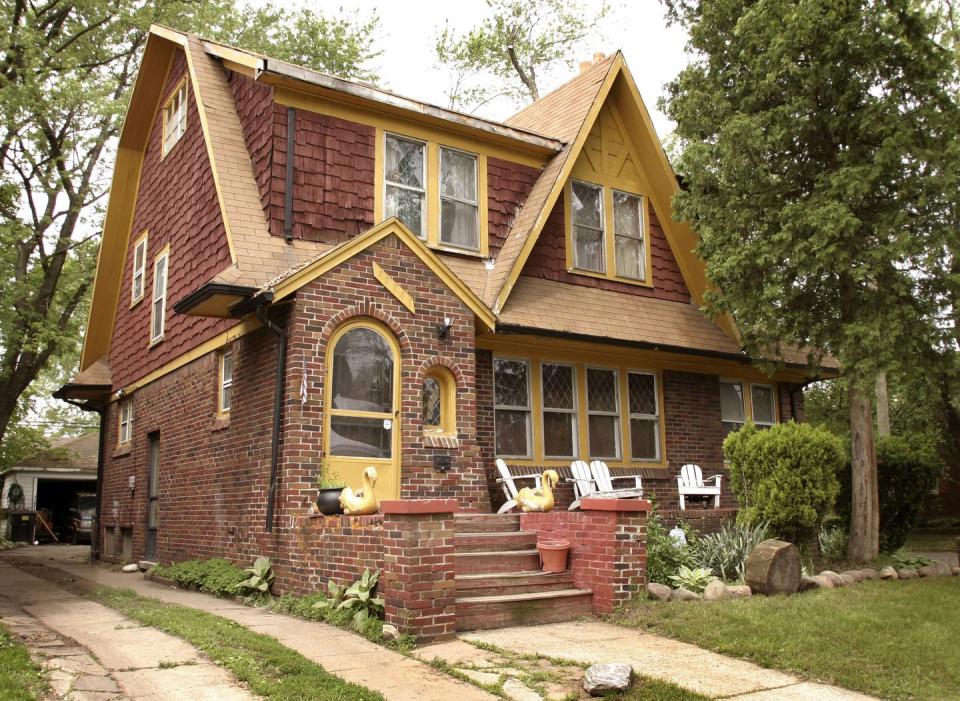
He’d previously accused others of the Hoffa murder
In 1995, Sheeran told the Philadelphia Daily News, “I did not kill Hoffa and I had nothing to do with it.” Six years later, according to the Mob Museum, Sheeran said that Salvatore “Sally Bugs” Brigulgio was tasked with the murder. But in ‘I Heard You Paint Houses’, Briguglia drives away from the scene before Sheeran kills Hoffa.
It’s made more confusing still by the way Sheeran subtly distances himself from the hit, telling Brandt that, “Jimmy Hoffa got shot twice at a decent range.” During his deathbed confession, when he was asked to admit on camera to the killing of Hoffa, he merely said: “I stand by what’s written in the book.”
In 2005, blood residue was discovered on the wooden floorboards of the house Hoffa was allegedly killed in, but DNA tests were inconclusive. For those in the know, the mystery continues.
Like this article? Sign up to our newsletter to get more delivered straight to your inbox.
You Might Also Like


